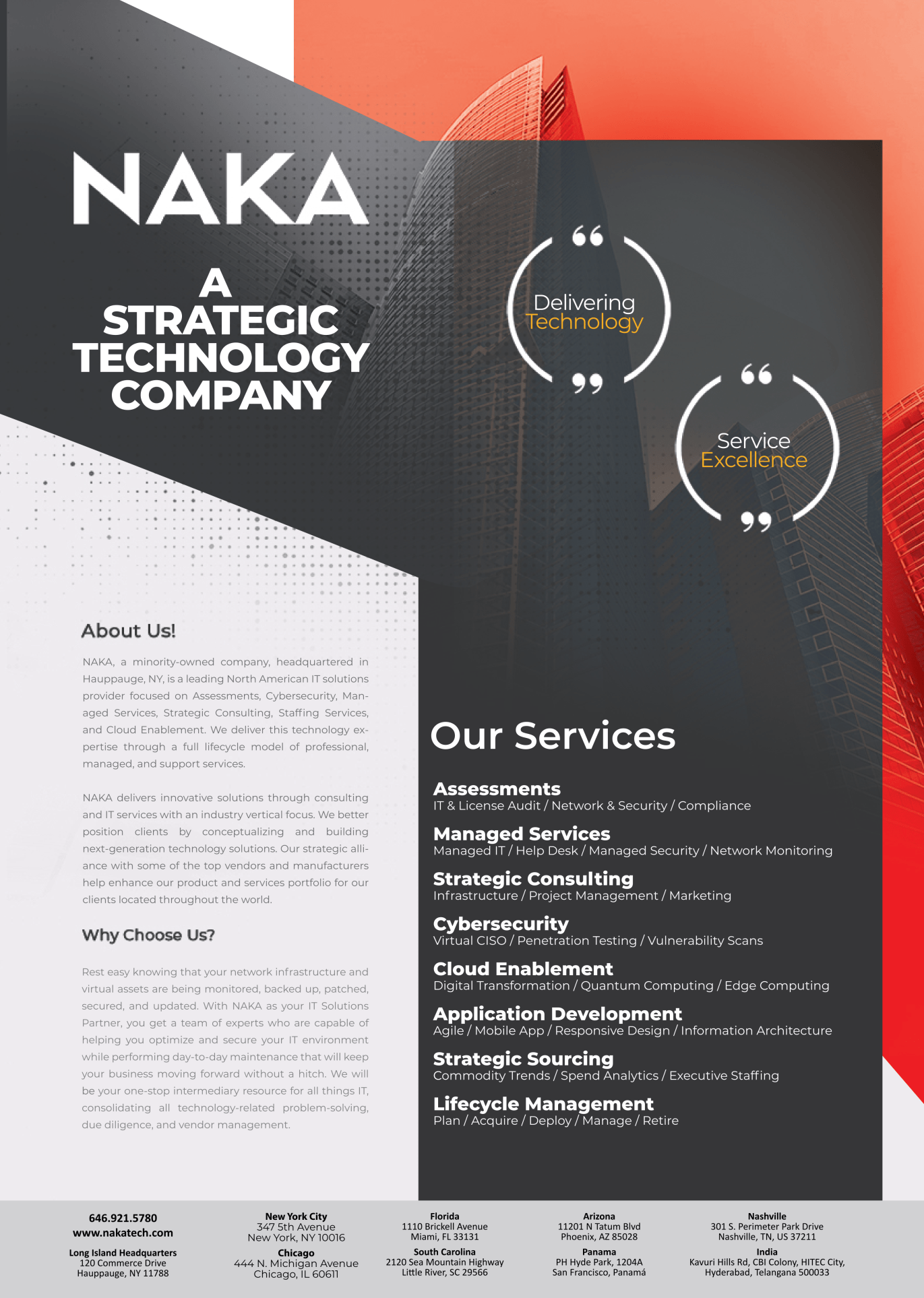Why is Edge Computing Catching The Attention of The Tech World?

Why is Edge Computing Catching The Attention of The Tech World?
Over the last decade, several technologies have evolved, including long-anticipated 5G mobile networking connectivity. Among the long list of technologies, one such technology is sneaking in towards the future, known as Edge Computing. Edge Computing is capturing the attention of not only the technologists but also enterprises as the decentralized approach.
It is transforming the way data is collected, managed, handled, processed, and delivered across the world. The increased demand for edge computing systems is due to integrating real-time computing power with the Internet of Things (IoT) devices.
Before processing further, let’s understand what edge computing is all about.
What is Edge Computing?
Edge Computing is a distributed computing topology that can help locate the information and process it accordingly. It offers data storage and computation features to experts from several sources or devices across the globe.
As stated in Grand View Research, the global edge computing value in 2019 was around $3.5 billion. As per the predictions, the compound annual growth of 34.7% by 2027 with the potential to reorganize the architecture of industries.


It differs from traditional cloud computing networks that can gather the data and work in a centralized form for processing. The storage capacity and computational power were not adequate in the traditional system that became a major drawback since the functionalities were the limited cause of hardware capabilities.
However, IoT devices can gather and process voluminous datasets offering opportunities to relocate processing functions and optimize networks. As a result, it can be applied and analyzed in real-time. The major reasons for using edge computing over traditional cloud systems are due to its speed, security, scalability, versatility, and reliability. This has made several verticals embrace edge computing over the years.

Futuristic Real-Life Applications of Edge Computing
Over a decade, companies have embraced cloud-native offerings like architecture, containerization, etc., to scale up the applications. This has come out as a paradigm shift for industries from cloud-native to edge computing entering the mainstream.
With this evolvement, edge computing technological advancement can be used in futuristic real-life applications such as:
1. Video Processing
IoT, machines, and users can create voluminous data including video streaming that can offer a substantial hike to the organizations. Especially amid the pandemic, there has been an increase in video streaming data that can trigger engagement with edge computing. This will offer immediate results by using predictive analysis to increase the speed of suggestions boosting user engagement.
2. Industry 4.0
With Industry 4.0 becoming a reality, the industrial revolution managed to reach a whole new phase of the technical landscape. It has improved productivity and bolsters industrial growth while transforming the workforce. In 2024, it is predicted that the manufacturing sector will cross the $12.44 billion market spending with IIoT. With the help of edge computing, the users can analyze data sources to obtain security and privacy, creating scalable, reliable, and secure deployments.
3. Augmented Reality and Virtual Reality
Reality technology is no longer sci-fi but has transformed the way users interact with content. It offers an immersive and interactive experience keeping customers engaged while being stitched to the real world. With edge computing technology, the users can easily interact with AR/VR strengthening the vision with better situational awareness, extra-sensory capabilities, improved decision-making, and temperature reading.
The Bigger Picture
The increase of rich data has come out as process optimization and actionable insights compiled with security and safety. The substantial attention from private investors and governments has boosted the use of edge computing, witnessing the interplay between the applications and edge-native technology.
The companies can gain a competitive edge while improving network speeds, leveraging IoT edge devices, and boosting user experience. The colocation cloud infrastructure and data centers can help companies to grow and harness their true potential.



